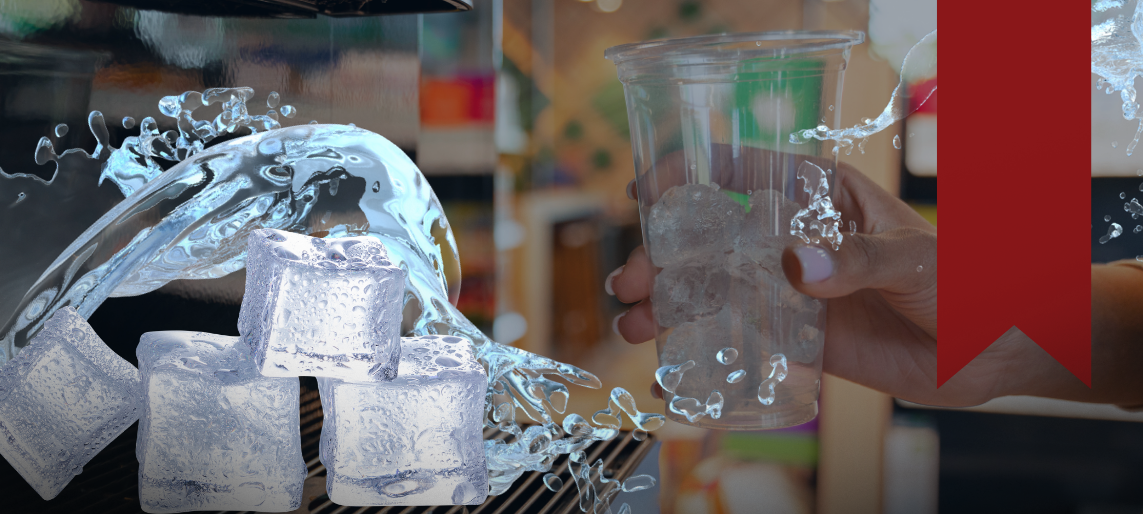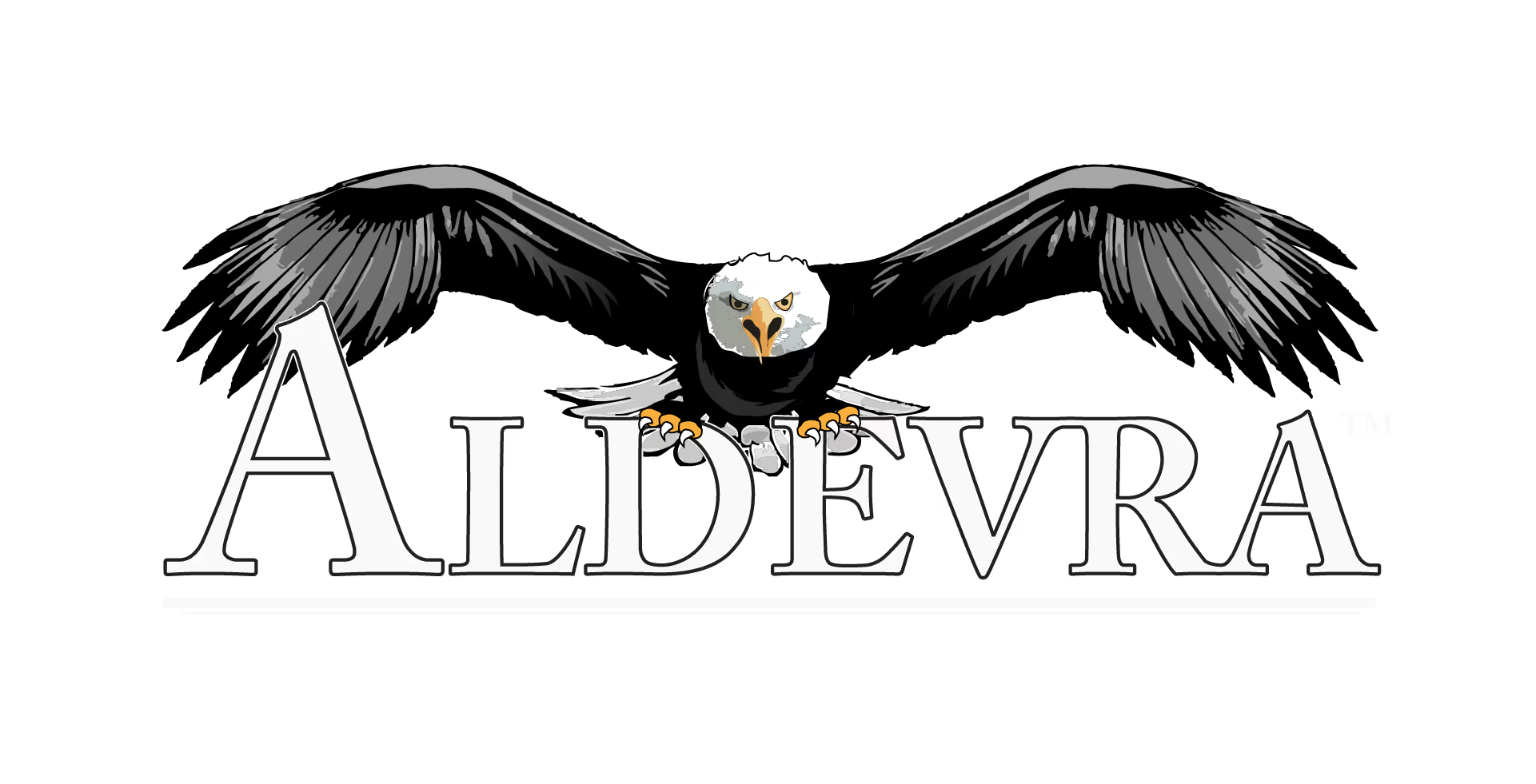
Summary
Summary
Energy-efficient commercial kitchen equipment can cut utility bills by 20–50% in hospitals, schools, and government facilities. From ovens and steamers to refrigeration and ventilation systems, smart upgrades reduce energy and water use while extending equipment life. This guide covers the most impactful equipment choices, a cost-savings comparison of old vs. new models, and a buyer’s checklist to help you plan upgrades that lower operating costs and meet sustainability goals.Running a high-volume kitchen in a hospital, school, or government facility means balancing two pressures every day: delivering reliable service and keeping costs under control. While staffing, food supply, and scheduling all play a role, equipment decisions often drive the biggest long-term impact on both efficiency and the bottom line.
Too often, energy efficiency is treated as a “nice-to-have” during the planning process. But in reality, the right equipment choices can trim thousands from annual utility bills, extend equipment life, and help meet sustainability mandates. Whether you’re replacing a single unit or building out a new facility, asking the right questions up front pays dividends for years to come.
Here’s how to approach equipment planning with energy savings in mind — without compromising performance.
Prioritize the Equipment That Works the Hardest
If you're looking to reduce utility costs, start with the appliances that consume the most energy or draw the most power.
- Cooking and Hot Holding Equipment
Consider ovens, steamers, and warming cabinets that include insulated panels, programmable controls, and auto-shutoff features. These elements support daily use without overextending your utility load.
- Refrigeration Units
Look for reach-ins and drawer units that carry ENERGY STAR® ratings. These models are engineered to maintain temperature without over-cycling, often resulting in lower compressor wear and better internal airflow.
- Ventilation Systems
Demand-controlled ventilation systems are worth considering if your layout allows for them. For many teams, even keeping hood systems clean and filters replaced on schedule helps maintain airflow efficiency and power balance.
- Countertop Appliances
Induction cooktops, high-efficiency microwaves, and other smallwares can support prep work with faster start-up times and lower idle energy. When equipment is on the line all day, every little bit helps.
Old vs. New Equipment: Energy & Cost Impact
*Savings based on data from ENERGY STAR®, GSA, and manufacturer benchmarks. Actual results vary by usage, maintenance, and layout.
Think Long-Term, Not Just Upfront
Price matters, especially when you're submitting purchase justifications. But don’t stop at the initial quote. Factor in the long-term cost to operate.
A lower-cost model might win today’s budget meeting, but if it burns twice the energy or water, it may cost more in just a couple of years.
- Compare Total Cost of Ownership (TCO): Ask suppliers or partners for energy usage data and projected costs over 3–5 years.
- Look for Rebates: Local utility companies and even federal programs sometimes offer rebates for energy-efficient equipment. Especially if it’s ENERGY STAR certified.
- Include Maintenance in the Equation: More efficient models are often designed to run cooler and cleaner, meaning less wear and tear on internal components.
Watch for These Certifications
You don’t need to become an energy expert, but it helps to recognize the certifications that can back up your decision and speed up approvals.
- ENERGY STAR®: The gold standard for energy performance.
- NSF® Certification: Ensures equipment meets food safety standards.
- UL / ETL: These listings mean your equipment meets U.S. electrical and sanitation codes.
Buyer’s Checklist: Questions to Ask Before You Buy
- Is it ENERGY STAR® certified?
– Look for proof of energy savings backed by independent testing.
- What’s the total cost of ownership (TCO)?
– Ask for estimated energy and water use over 3–5 years, not just the purchase price.
- Are there rebates or incentives available?
– Check utility providers and federal programs for cost offsets on efficient models.
- How easy is it to maintain?
– Features like self-cleaning cycles, removable filters, and smart diagnostics reduce downtime and repair costs.
- What certifications does it carry?
– ENERGY STAR® for efficiency, NSF® for food safety, UL/ETL for electrical and sanitation compliance.
Final Thoughts
Upgrading to energy-efficient equipment isn’t about chasing trends or blowing up your budget. It’s about making smart, targeted decisions that deliver reliable performance today and measurable savings tomorrow. Sometimes that means investing in a new steamer that uses a fraction of the water. Other times, it’s as simple as swapping out refrigeration units or adding controls to your hood system.
No matter where you are in the process — early planning, mid-upgrade, or justifying costs to leadership — you don’t have to figure it out alone. Our team at Aldevra helps facility directors and purchasing teams compare specs, weigh total cost of ownership, and identify rebates and incentives that keep projects on track.
📧 sales@aldevra.com
🔗 www.aldevra.com
Let’s make your kitchen work smarter — for your team, your budget, and your mission.
References:
U.S. Environmental Protection Agency. (n.d.). ENERGY STAR® for commercial food service (CFS) equipment. https://www.energystar.gov/products/commercial_food_service_equipment
NSF International. (n.d.). Food equipment certification. https://www.nsf.org/knowledge-library/food-equipment-certification
UL Solutions. (n.d.). Commercial kitchen equipment testing and certification. https://www.ul.com/services/commercial-kitchen-equipment-testing-and-certification
U.S. General Services Administration. (2023). Purchasing energy-efficient products: Commercial food service equipment. https://www.gsa.gov/tools/supply-procurement/green-procurement/energy-efficient-products











